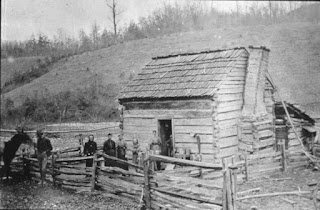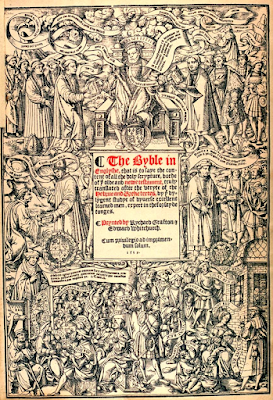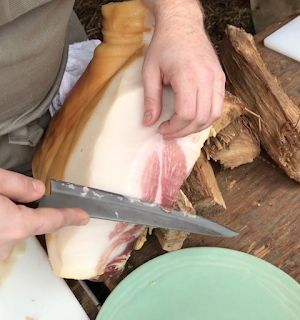Episode 42.5 Bonus - Distillation

Listen to "042.5 Bonus - History of Distillation" on Spreaker. Episode 42.5 Bonus - How we got Distillation and the Water of Life or a Plethora of Ways to Kill Yourself Messily Through Physical Chemistry Take a walk with me around the world to see how distillation got started, and how it went 2 ways out of Mesopotamia. It looks like the Chinese were getting blitzed on Hard Alcohol before the Europeans. And two styles of distillation rigs grew out of the early life of distillation whether you went east or west. East - and distillation remained a pottery driven activity. Used for both booze and Immortality Elixirs. They most have been up to some extremely industrial strength stuff to the entire lake of Mercury they put in this guy's tomb: Shi Huang Di 1st Emperor of a Unified China 3rd Century BCE West - where the focus was on floral essences for flavorings and perfumes along with chemistry, Immortality and the Philosophers Stone. They didn't get around to booze u








